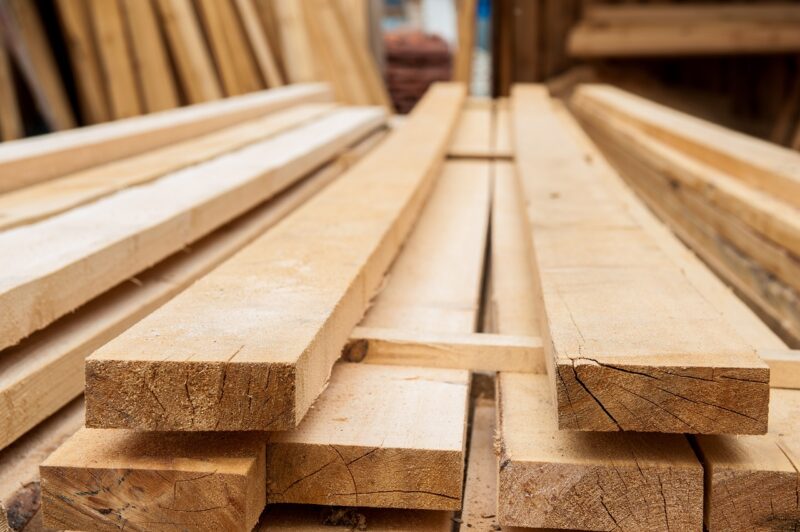Published: 10/09/24 By: Mike Bekin
When choosing the right timber for your project, there are a number of factors which can help you. One is our guide to the different species, letting you know more about the sustainable timber available in the UK, as well as strength grading and different certifications.
But of all the options available to you, we recommend starting with timber use classes. This is the simplest way to match your timber to your project requirements, ensuring you find the wood you need. Get started with this guide.
What Are Timber Use Classes?
Use classes refer to the suitability of different timbers in different situations. Following British and European standards around timber, they take into account how easily the timber rots and how susceptible it is to insect attacks. Based on this, the use classes determine durability and suggest suitable end uses, making it easy to find the right timber for your purposes.
The Different Use Classes
There are five different use classes, labelled by numbers. These are:
- Use Class 1
- Use Class 2
- Use Class 3
- Use Class 4
- Use Class 5
You may also see a U or a C next to the use class. U refers to uncoated timber and C refers to coated timber, meaning that a preservative treatment has been applied to the wood.
The use classes of timber should not be confused with durability classes, which are entirely different categorisations. Where in use classes 1 is the least durable, in durability classes 1 is the most durable.
Use Class 1
Timber in Use Class 1 is the least durable of all. These timbers should only ever be used internally in situations where there is no chance of them getting wet. Even humidity fluctuations can cause this timber to rot or swell, meaning that it should be kept clear of the bathroom and kitchen.
Use Class 1 wood works well for joinery and floor joists. It is important to be aware, though, that the timber is more susceptible to wood-boring pests, so this should be considered before installing any Use Class 1 timber.
Use Class 2
Timber in Use Class 2 is slightly more durable than that in Use Class 1. This timber can get a little wet, though it is not suitable for any applications where it will be exposed to large amounts of water. For this reason, it is still only suitable for indoor use, though it can be installed in humid environments or places where you find condensation. It should not be used in any scenario where it will become frequently wet, such as bathroom flooring.
Use Class 3
Moving onto Use Class 3, these timbers are suitable for external applications. They are far more resistant to rot and insect infestation, and can take more wear and tear than Use Class 1 and 2 timbers.
However, this Use Class advises against any ground contact, even when coated. Uncoated Use Class 3 timber can be used for fencing and landscaping in situations where it is kept above ground. Coated Use Class 3 timber can also be used for cladding and window frames.
Use Class 4
If you are looking for the most versatile, hard-wearing timbers for your construction projects, opt for Use Class 4. This category enables all use cases, including in direct contact with the ground. If you are installing decking or fence posts, for example, you will need timber in this category.
Use Class 5
For marine projects, Use Class 5 species are the best option. These timbers are suitable for applications where the wood will be exposed to direct contact with water. Fenders, groynes and timber for piers, for example, must all be Use Class 5 to prevent rotting.
Do note that this Use Class is not achievable with treatments. Only timber which is naturally durable marine grade, such as Ekki, Opepe, Greenheart and Abgelm Vermelho should be used.
Find Your Ideal Use Class at EcoChoice
At EcoChoice, we mainly supply Use Class 3, 4 and 5 timbers for construction projects around the UK, although we also have Use Class 1 and 2 timbers available. If you are not sure which Use Class timber you need for a specific application or you are trying to match a Use Class to a species, get in touch with our team and we will lend a hand. When it comes to finding your perfect timber products, we are always happy to help.
Tags: Timber, use classes
Categories: Insights
